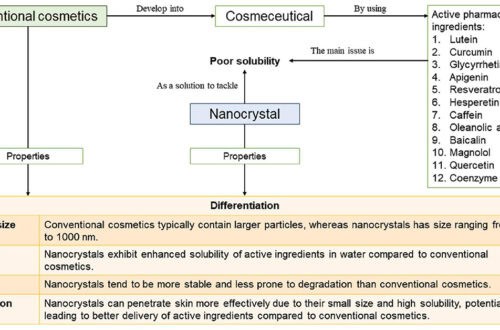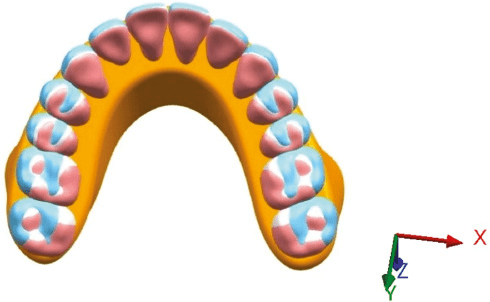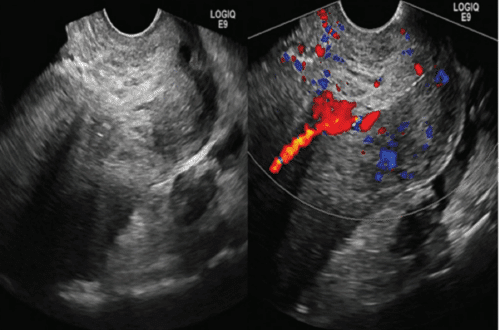
Looking Back and Forward: From the Perspective of BIO Integration
2020 has just left its mark on all our lives, it was a year of chaos as people faced an unprecedented global epidemic. As we move into 2021, we pause to reflect on the launch of BIO Integration (BIOI), in the middle of this difficult time, by sharing the conception of BIOI and what we have accomplished so far, and look forward to the future.
The current development of science and technology is centered on life sciences, and the resulting research greatly influences health and life in general. Life sciences are undoubtedly the foundation of modern medicine, and its development is also the key to guide the progress of modern medicine. Interdisciplinarity and fusion enables the potential for great scientific breakthroughs. Many important discoveries in the history of life sciences have been the results of the multidisciplinary integration. The discovery of the DNA double helix structure, the fundamental component of life, for example, is the result of a successful multidisciplinary integration approach combining the discovery of the chemical nature of the desoxyribonucleic acid and the genetic laws of Gregor Mendel, giving rise to modern molecular biology and medicine. Interdisciplinarity has gradually become the main source of scientific and technological innovation, and has become an irreplaceable research paradigm of contemporary science.
Recently the world’s scientific and technological powers have employed a forward-looking outlook and integrated the development of key subject areas. At present, the Ministry of Education, the Ministry of Science and Technology, and the National Natural Science Foundation of China are reforming the traditional discipline classification model and vigorously promoting cross-disciplinary integration. Qide Han, an academician of the Chinese Academy of Sciences, noted that science originates from all disciplines, and the integration of cross-disciplines has successfully led to fruitful scientific results. Different disciplines approach a problem in a unique way, resulting in dynamic and creative changes in their methodology, which in turn ignites the process of integration and fusion, and in some cases, the formation of new disciplines. Interdisciplinarity is at the core of scientific subjects, is necessary for scientific development, and is also crucial for subversive innovation.
The premise of cross-discipline is ‘integration’. ‘Integration’ refers to the process of mixing previously segregated groups. In some respects it is an active way of combining or adding different parts to make a unified whole so as to achieve synergistic advantages. Daiming Fan, an academician of the Chinese Academy of Engineering and the American Academy of Medical Sciences, proposed the following: “Integration is the key to medical development; nevertheless, successful integration does not come easy.” In his speech, he highlighted that integrated medicine requires us to integrate the most advanced medical discoveries in existing life-related fields to build a more comprehensive and systematic system of medical knowledge.
Interdisciplinary cooperation is the main innovative driving force of modern medical research. It is a long process from theoretical innovation, to technological breakthrough to clinical practice. Interdisciplinary cooperation often faces severe challenges due to the inconsistency of interests and values among researchers, clinicians, and experts from different disciplines [1]. An interdisciplinary and multidisciplinary integration platform is believed to enhance mutual understanding between the different fields and provides strong support for the development of biomedical research in this new era: these are the aims and mission of BIOI.
Looking back at 2020, there is no denying that the COVID-19 pandemic has impacted our lives in many ways, becoming a global crisis, especially in the healthcare field. At this special moment in time, we launched BIOI as a forum where clinicians and scientists can communicate their observations, ideas, and insights—and work together to address outbreaks such as COVID-19 and other major biomedical health challenges. BIOI has emphasized the significant role that interdisciplinary integration has played in light of this global public health crisis, it has shown the measures adopted by healthcare institutions when battling COVID-19, and introduced the development of artificial intelligence-assisted analysis in chest imaging of COVID-19 patients for improving the accuracy of diagnosis [2–4].
To date, BIOI has published more than 20 integrative scientific papers, including original articles, reviews, opinions, commentaries, and clinical case reports. These publications have brought the endless possibilities and inspirations to tackle global crises using multidisciplinary approaches. BIOI has held a series of virtual academic conferences to boost effective integration in academia with different hot topics in the field of translational biomedicine. Our speakers have presented their latest advanced scientific works and shared their ideas on how multidisciplinary integration could be achieved [5,6].
With the launch of virtual academic conferences and the papers published in BIOI, we hope to promote collaboration and discussion among researchers, clinicians, the biotechnology industry, and relevant practitioners in the field of healthcare by building a good communication platform, and by actively gaining voices from different fields, and promoting innovation in the cross-border application of basic scientific discoveries. We expect that BIOI will make an important contribution to human health progress.
Going into 2021, we are looking forward to another fruitful year of BIOI. Finally, we wish all our readers, authors, reviewers, editors, and hard-working editorial staff, a safe, successful, and healthy 2021.
References
[1] Chen Z, Huang P. Introducing a new journal: BIO Integration. BIO Integration. 2020;1:1. [DOI: 10.15212/bioi-2020-0001]
[2] Chen Y, Jiang G, Li Y, Tang Y, Xu Y, et al. A survey on artificial intelligence in chest imaging of COVID-19. BIO Integration. 2020;1. [DOI: 10.15212/bioi-2020-0015]
[3] Er Saw P, Jiang S. The significance of interdisciplinary integration in academic research and application. BIO Integration. 2020;1:2–5 [DOI: 10.15212/bioi-2020-0005]
[4] Mok C, Seet YM, Tan S-M. Breast cancer multidisciplinary management during COVID-19 pandemic: experiences and strategies used by a Singapore breast surgical unit. BIO Integration. 2020;1:95–100. [DOI: 10.15212/bioi-2020-0012]
[5] Saw PE. BIOI virtual academic series PART 1: Multidisciplinary integration in academia. BIO Integration. 2020;1:101–3. [DOI: 10.15212/bioi-2020-0031]
[6] Saw PE. BIOI virtual academic aeries PART 2: Frontiers and multidisciplinarity in nanomedicine. BIO Integration. 2020;1:110–12. [DOI: 10.15212/bioi-2020-0032]




